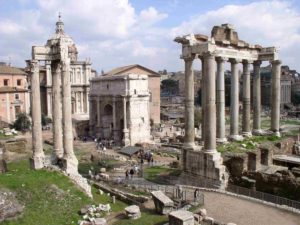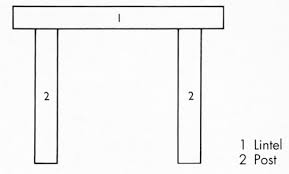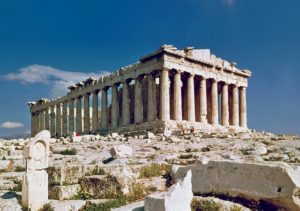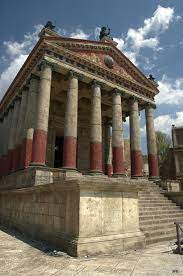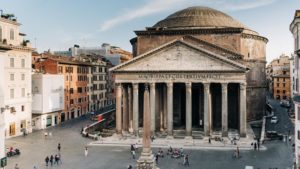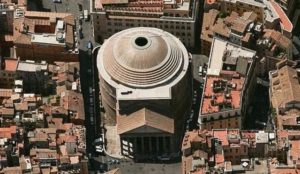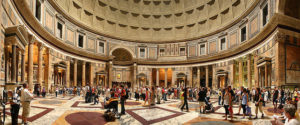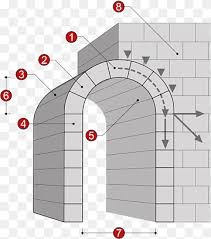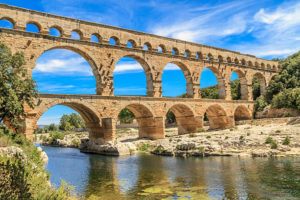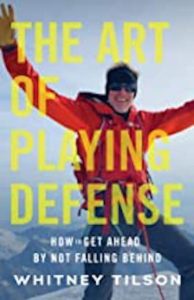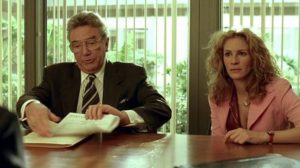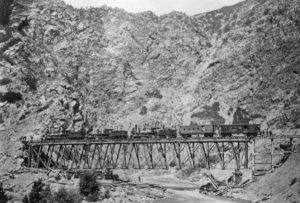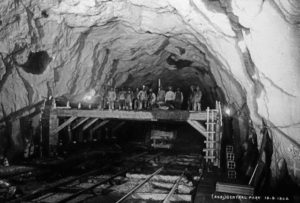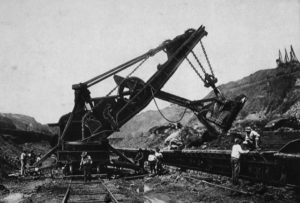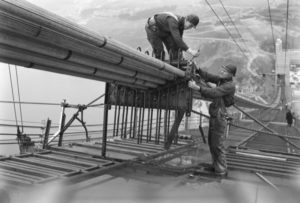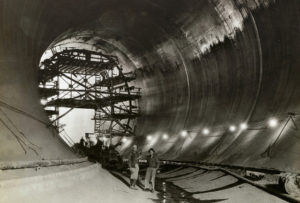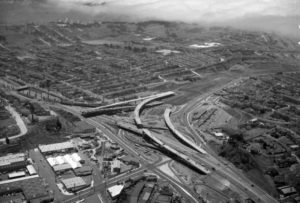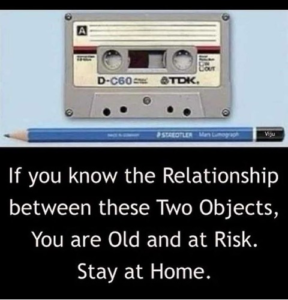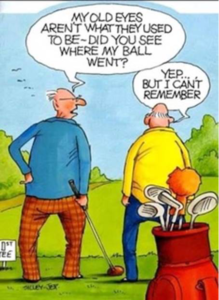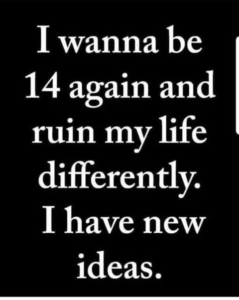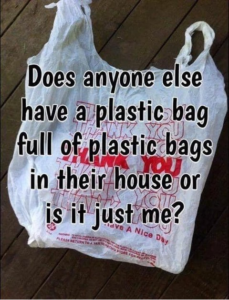Old Men Golfing

I’m in Myrtle Beach this week, golfing with some old friends. We were old friends – in the sense of having known one another for many years – when we began this yearly reunion in the 1990s. Now, in our septuagenarian years, we are old friends in both senses. And we look like it. And act like it.
There are many indignities that come with aging. Not being able to drive a golf ball 250 yards is the least of them. One that I noticed on this trip is the brief humiliation of getting into an SUV. For most of my life this was accomplished in a single movement that took a nanosecond of time. But it’s gradually morphed into an athletic challenge of four parts: grabbing, hoisting, pivoting, and landing safely. Of these, the hoisting is the most demanding, sometimes requiring two or three efforts.
Although the ostensible purpose of this trip is golfing, the reason we do it year after year must be something other than that. I say that because the golfing – well, it’s just not that much fun. Yes, we are out in the fresh air. Yes, we are surrounded by natural beauty. Yes, we can drink beer or smoke pot while playing. But ultimately golf is a solitary game whose objective is to pretend you are having fun when you are demonically possessed with the impossible goal of making each game you play the best you have ever played and each stroke you take a form of physical perfection.
No one that plays golf and values honesty will deny it: Golf is a sinister, psychological game of wishful dreams and self-deception, false promises and bad judgements, and of confronting oneself, time and again, with the limits of one’s abilities versus the boundlessness of one’s foolishness.
It is the only game I know where every player – regardless of how he is playing – stops at least once during a round to tell himself, “You suck! You suck! You f***ing suck!”
No, it’s not for the pleasure of playing golf that we assemble in Myrtle Beach each year. It’s for the pleasure of the company. Eight of the 12 of us have been friends since high school (class of 1968). Over the years, we have stayed in touch, with lapses of a year or two to go to war or earn degrees or fall in love or have children and grow families. But here we are again.
Enduring friendships, I’ve long believed, are often formed from shared experiences of suffering or struggle. The example that comes quickest to mind is the bond that forms among soldiers in war. There is also the connection formed between teammates fortunate enough to experience an annus mirabilis. For some it is the experience of growing up in the wrong side of town, of wearing the wrong clothes, of having the wrong parents or no parents, and of the social stigma that comes with that. And these humiliations are most acute when one’s emotions are the most fragile – which is, for most of us, in adolescence.
The high school years are transformative for most children. As much or more so, I think, than the early, Freudian years. This is the transition time from child to young adult, when every small triumph or failure is felt in magnification and where the culture itself is one of hierarchy and exclusion, where few are chosen, and the rest are reminded that they are not. What typically happens is the formation of social tribes at every level of the social hierarchy. For us, it was fraternities.
I’m not sure if any other parts of the country ever had high school fraternities, but on Long Island during the 1960s and 1970s, every public high school had two or three. Each had its own symbols and colors. Each had its own rules. Each had its own culture. Fraternities were essentially suburban gangs without guns.
The unifying feature of every fraternity was the very primitive initiation ritual of “pledging” – six weeks of humiliation and pain sorted out by older boys for the purpose of separating, literally, the men from the boys.
The physical pain was largely restricted to “paddling” – i.e., getting your ass beat with something like a cricket bat – often beyond the point of pink cheeks. On “Hell Night,” for example ,there was often bleeding. And as PW reminded me yesterday, the beatings themselves were ritualized. It went like this: A pledge does something wrong. (Or doesn’t. It didn’t matter.) A brother tells him to, “assume the position.” “Assuming the position” meant bending over while cupping one’s testicles, to protect against the worst, and getting a whack on the behind. After the whack, the pledge is required to shout, military style, “Thank you, sir! May I have another?”
And then there were the humiliations. Oh, the endless creativity of the humiliations! From eating goldfish to being walked like a dog (“the dog you are”) in public to cleaning shoes with one’s tongue to naked, on the knees, marshmallow races. (If you don’t know, you don’t want to ask.)
These were, as I said, initiation rituals. And they were fundamentally the same as initiation rituals have been for thousands of years. They were the same and served the same purpose as the initiation rites of the Green Berets or Navy Seals. Or the initiation rituals of urban and prison gangs today. Minus the felonies. And, by the way, they worked. They accomplished what they were designed to do: create a band of brothers.
These aren’t necessarily deep relationships. But they tend to be enduring because they are based on a common experience of striving and struggling and, ultimately, surviving. By staying in touch, it somehow validates all the pain and suffering, and extends, however attenuated, the rich experience of living in a community of acceptance and loyalty and a sort of fraternal love.
I may be making this seem more serious than it is. Our time together in Myrtle Beach is far from a therapy session. If anything, the unspoken rule is: Keep it light. We may occasionally get into a philosophical discussion, but most of the conversations are favored anecdotes of our halcyon days, golf stories, good-natured teasing, and unbearably corny jokes.
So, we come together every October, and we play golf on the beautiful courses of Myrtle Beach. And we curse our bad play and rue our senescence and come back to our rented beachfront house at sunset to sit on the porch, stare at the ocean, sip whiskey, smoke cigars, and tell our stories.
We don’t know if the stories are true anymore. We’ve heard them so often, they feel true, and that is enough. We sometimes disagree. And when we do, we may shout. But we never fight. Because when all is said and done, we recognize that we still want, and maybe still need, the comfort and comradery of fraternity.
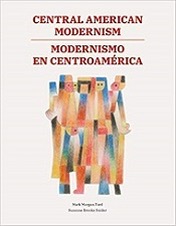
 MarkFord
MarkFord
